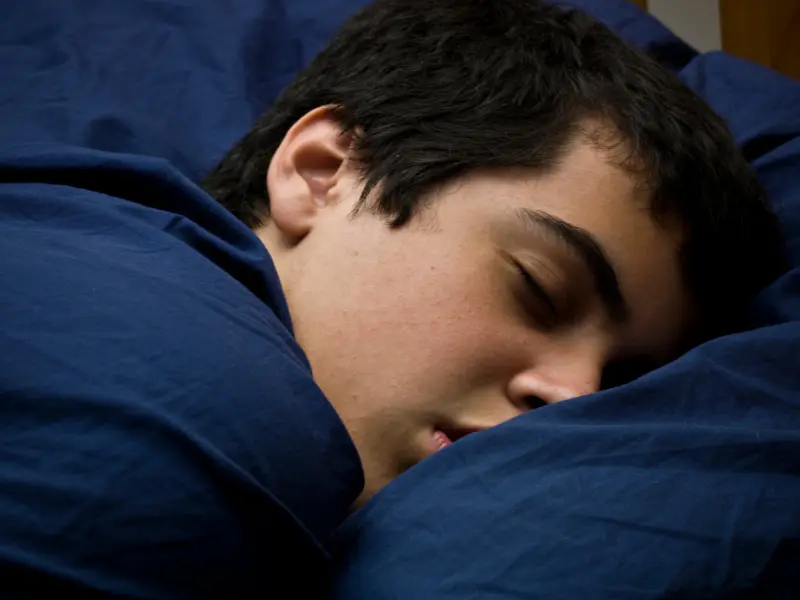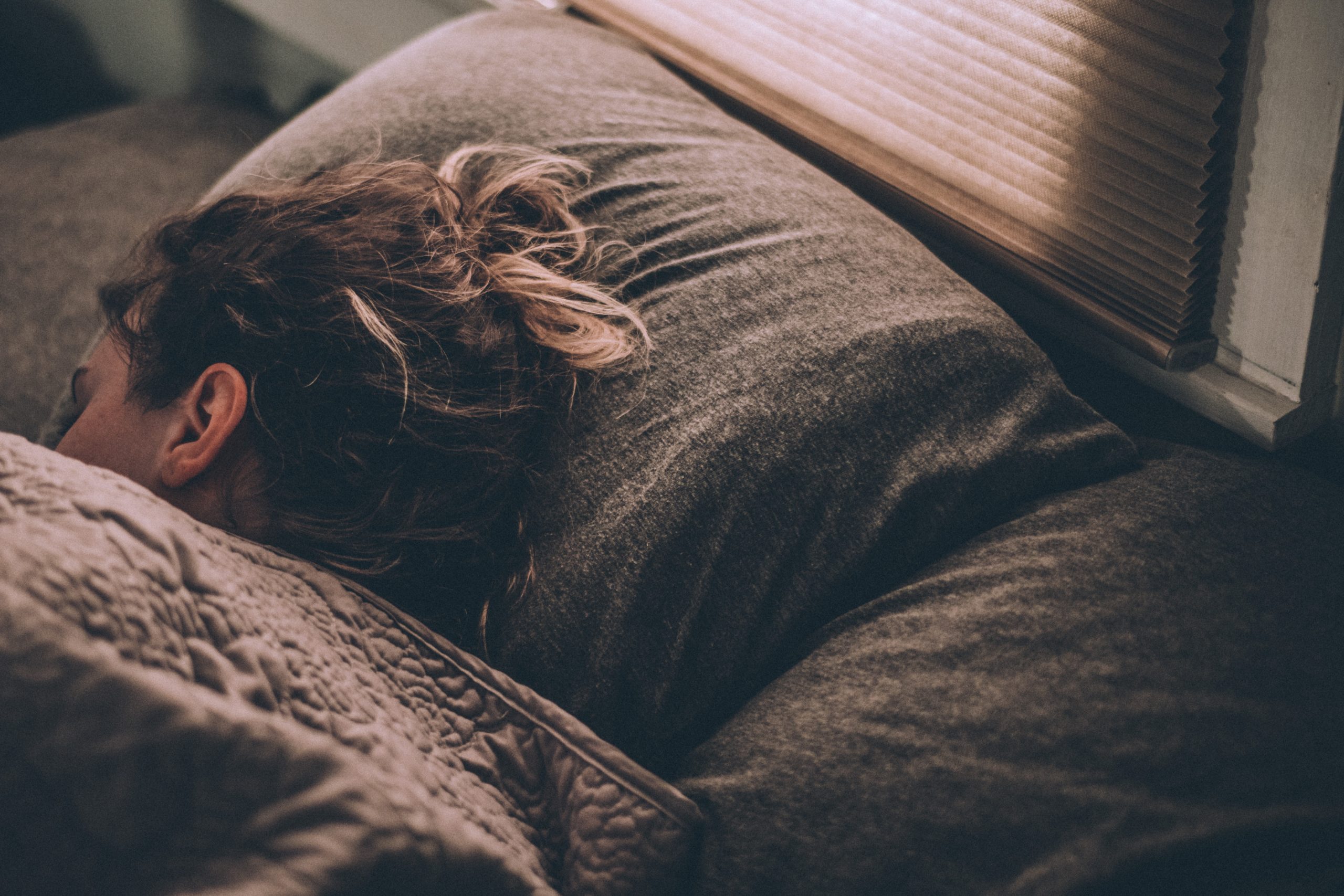What’s the Best Sleeping Position for Sciatica Pain?

If you suffer from sciatica, then you know how difficult it can be to find the right sleeping position for relief. The discomfort associated with sciatica makes it hard to get a good night’s rest, and if you don’t take the proper steps to protect your spine, that pain could worsen. Today we will discuss the best sleeping positions for people with sciatica pain. We’ll go over what to do (and what not to do) in order to reduce your discomfort throughout the night and make sure that you get the restful sleep you need. Let’s get started!
Sleeping on Your Side
There are a few things to keep in mind when you’re choosing a sleeping position if you have sciatica pain. First, you want to avoid any positions that put pressure on your sciatic nerve. That means no sleeping on your stomach! Sleeping on your side is generally the best option, but be sure to keep a pillow between your knees to maintain alignment and prevent putting too much pressure on one side. You may also want to try propping up your legs with a pillow or two to take some of the pressure off of your back.
Sleeping on Your Back
Sleeping on your back allows your head, neck, and spine to rest in a neutral position. This decreases the chances of experiencing pain, muscle stiffness, or headaches. It also helps keep your spine aligned and takes pressure off of your hips and lower back. If you suffer from sciatica pain, sleeping on your back may help alleviate some of your symptoms. You may want to place a pillow under your knees to keep your legs and lower back properly supported.
Sleeping on Your Stomach
When it comes to sleeping and managing sciatica pain, there is no one-size-fits-all answer. Some people find relief by sleeping on their stomach, while others find that this position makes their pain worse. If you’re struggling to find a comfortable position to sleep in, it might be worth trying out a few different positions to see what works best for you. Here’s a closer look at the pros and cons of sleeping on your stomach when you have sciatica.
Sleeping on your stomach can help to relieve sciatica pain because it takes pressure off of the spine and nerve roots. This position also allows for better alignment of the spine and hips, which can further reduce stress on the nerve. However, sleeping on your stomach can also exacerbate back pain and cause additional muscle strains. If you already have back pain, sleeping on your stomach may not be the best position for you. You might also want to consider using a pillow under your waist to support your lower back in this position.
The Best Mattress for Sciatica Pain
When it comes to finding the best mattress for sciatica pain, there are a few things to keep in mind. First, you want to find a mattress that is firm enough to support your back and keep your spine aligned. Second, you want to find a mattress that is soft enough to provide some cushioning for pressure points. Lastly, you want to find a mattress that is adjustable so you can find the perfect position for your body.
There are a few different types of mattresses that can help with sciatica pain. Memory foam mattresses are a great option because they conform to your body and provide support while alleviating pressure points. latex mattresses are also a good choice because they offer similar support without the extra heat retention that can sometimes be an issue with memory foam mattresses. If you need even more support, consider an innerspring mattress with firm coils. This type of mattress will provide plenty of support while still offering some cushioning.
No matter what type of mattress you choose, make sure it is adjustable so you can find the perfect position for your body. An adjustable bed can be a great way to get relief from sciatica pain by allowing you to prop up your legs or sleep on your side in the fetal position.
Finding the best sleeping position for sciatica pain can be a challenge. But with some trial and error, you can find the right one that works for you. Keep in mind that your mattress may also contribute to sciatica pain, so if it’s more than 8 years old, then consider investing in a new one. Lastly, yoga stretches or exercises before bed may help reduce tightness and tension around your spine while promoting better sleep posture too!
Warning: this article does not constitute medical advice. The article contains the author’s personal opinion and personal conclusions and observations. If you have problems with sleep or are interested in other issues related to it, it is better to consult your doctor.









